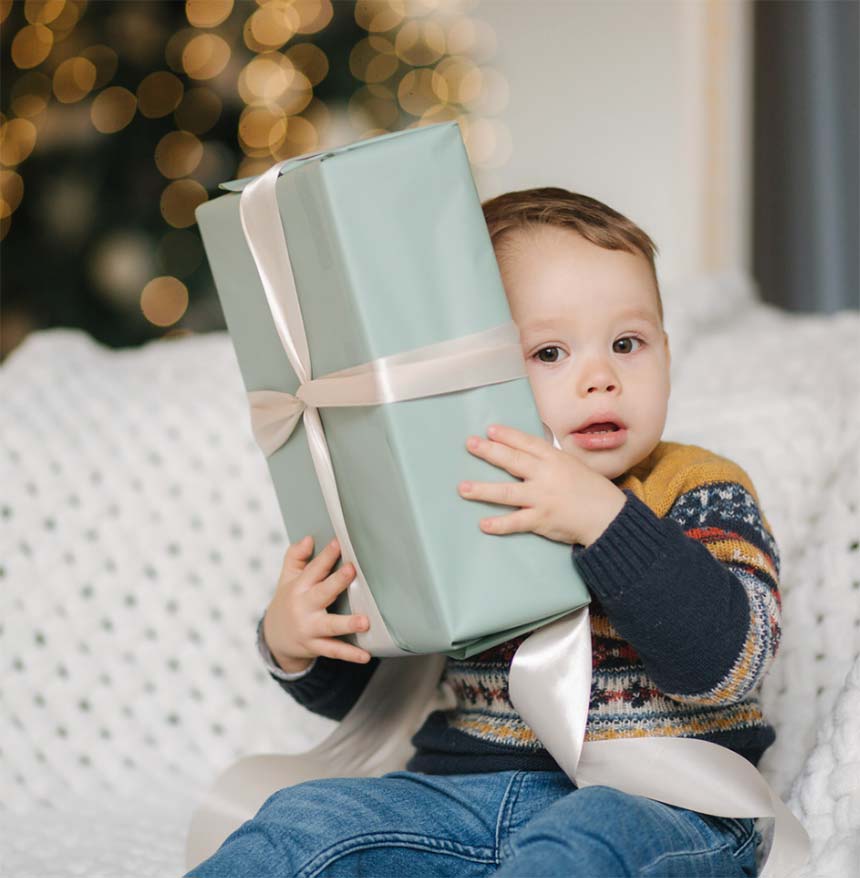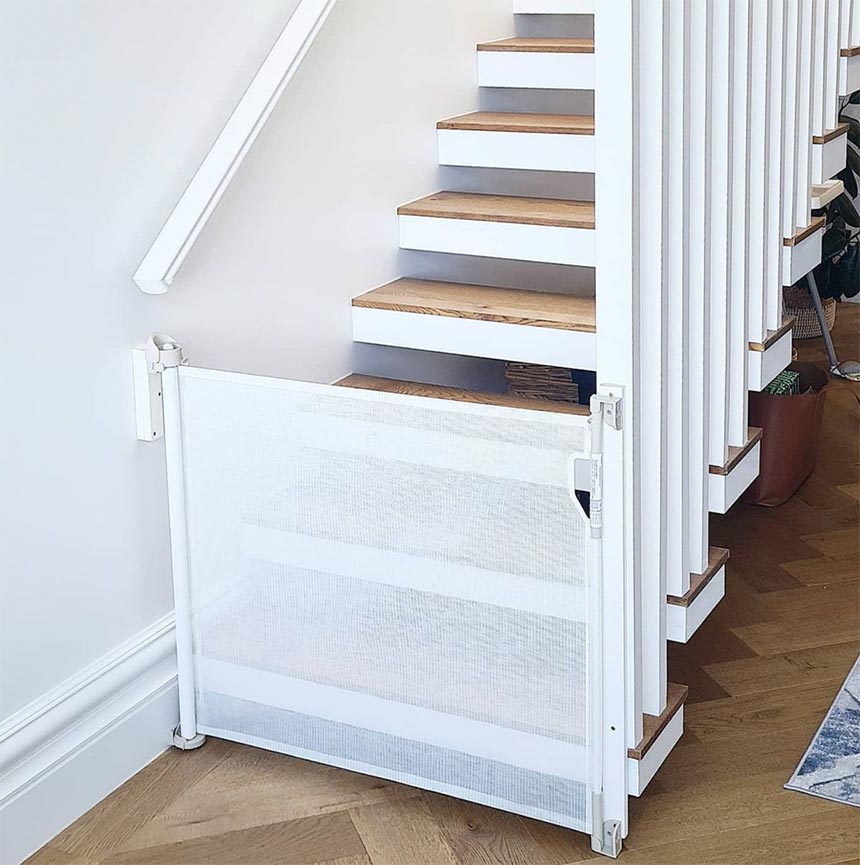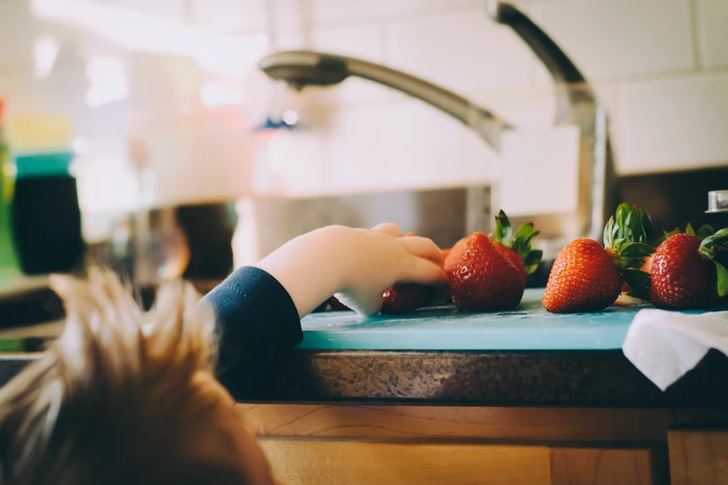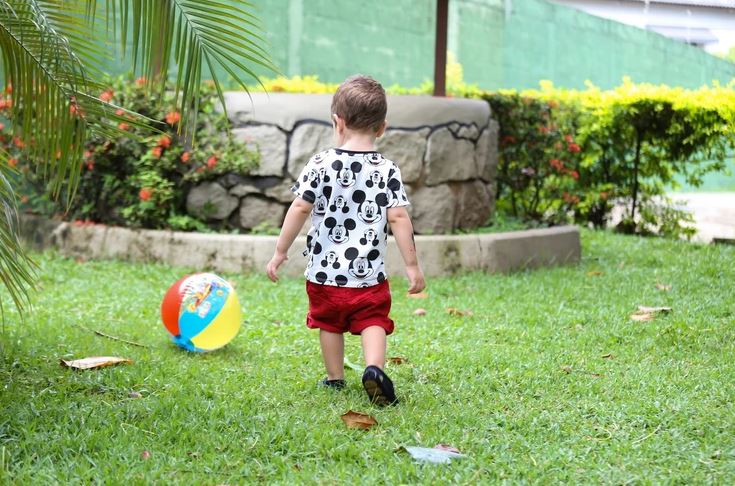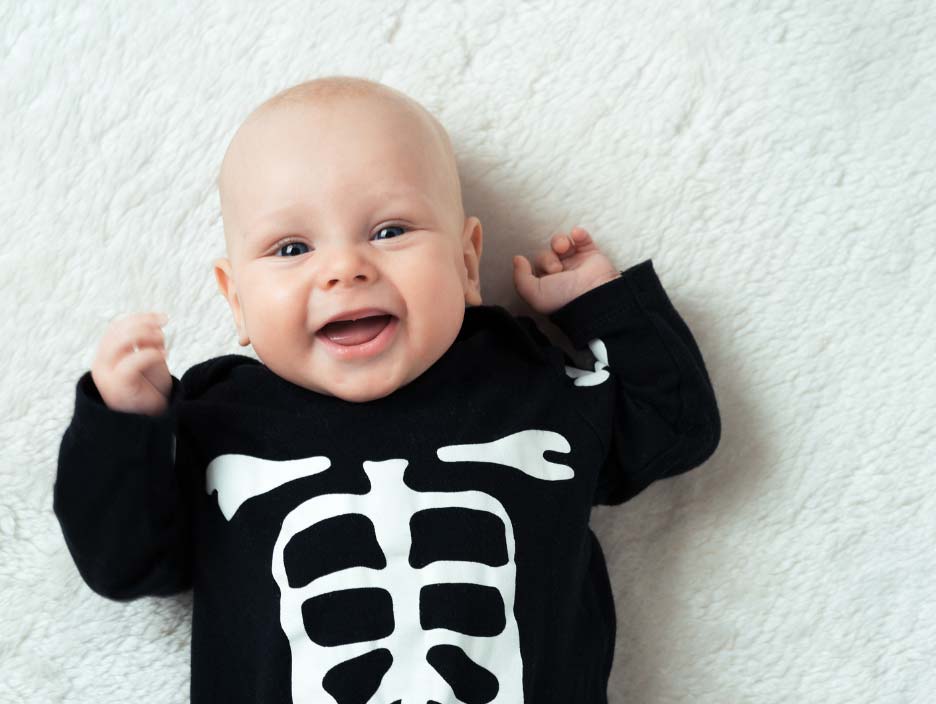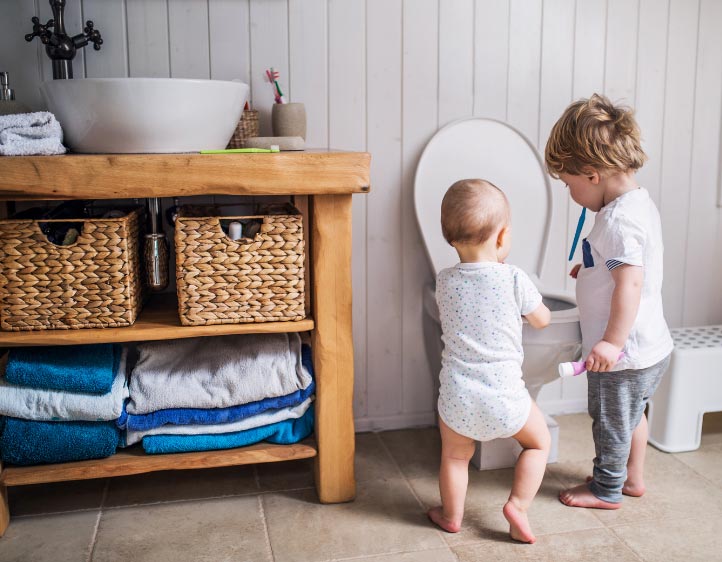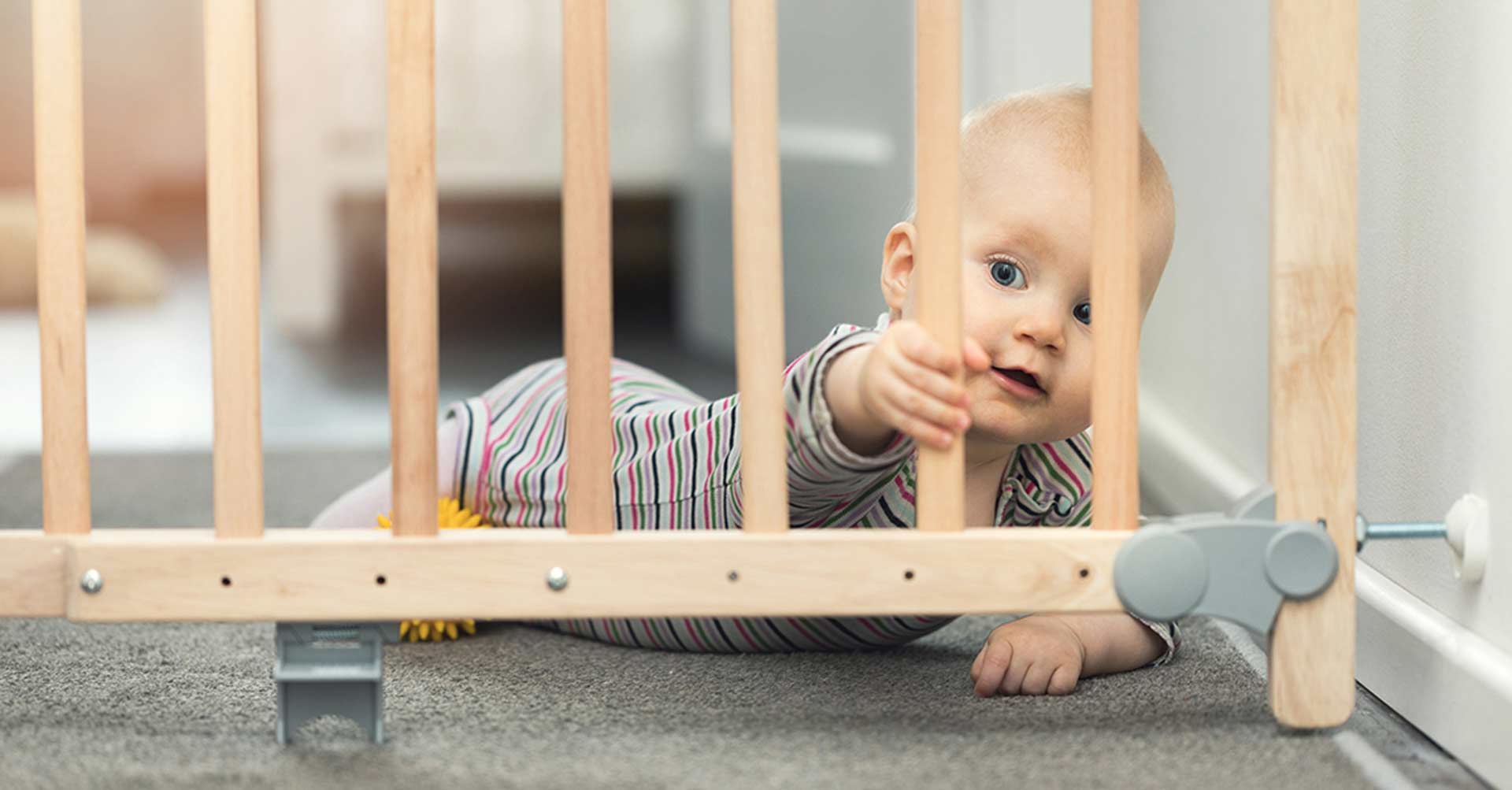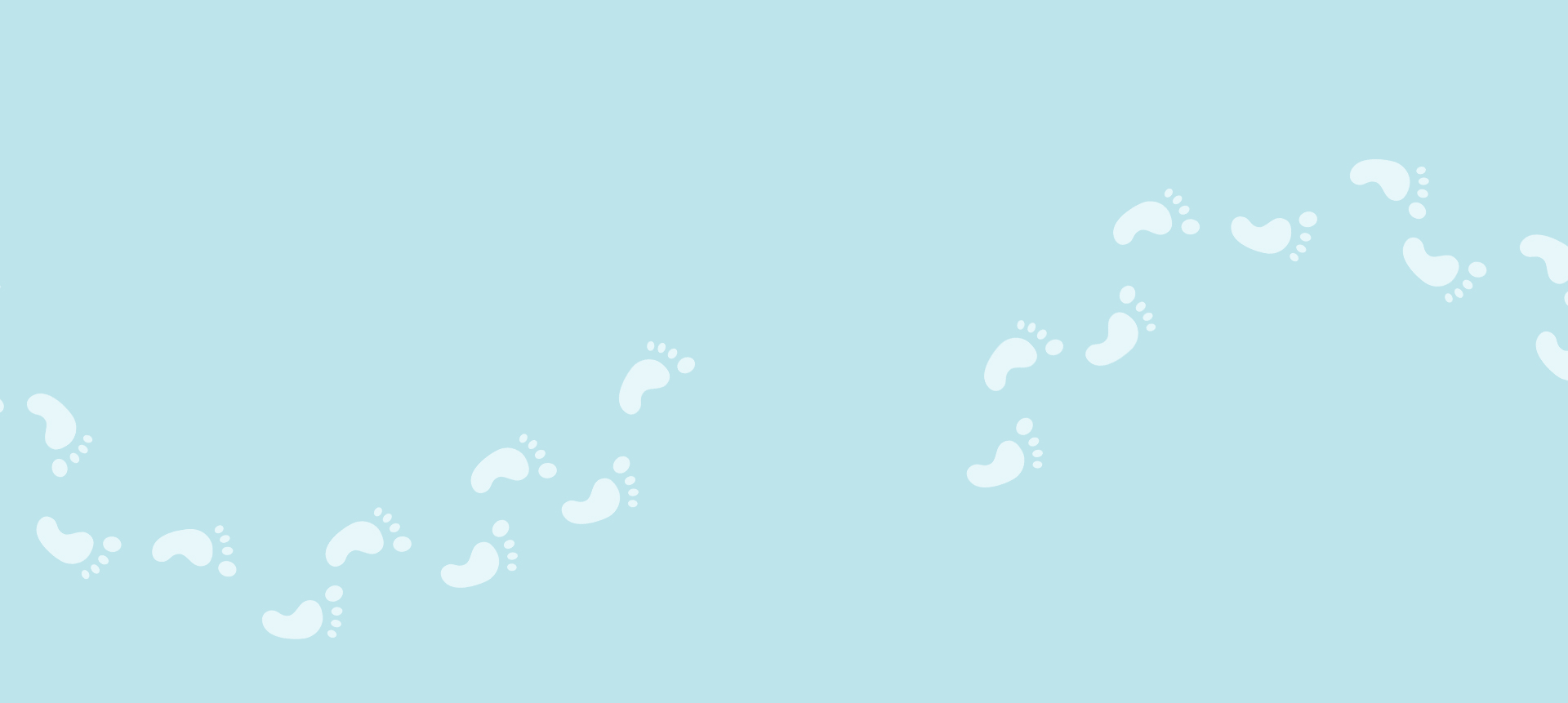A recent article featuring our expert advice along with other worldwide baby safety experts from the Apartment Guide.
How to Baby Proof Your Apartment
As a new parent, you know how fast your baby grows. Just when you get used to your baby’s feeding schedule and diaper changes, you realize you need to accommodate his or her ever-changing routine. As your baby grows older, take some precautions to make your apartment safe and secure for crawlers and toddlers. Here is how you can baby-proof your apartment as your growing baby explores the world around him or her.
For the first three months, you may not have given much thought about how safe your apartment is for babies. They don’t really move much as you carry them back and forth to their cribs, playpens, car seats, and strollers. But be prepared after four months to think about the nooks and crannies that your baby will be exposed to as soon as she starts to crawl.
Play It Safe Baby, babyproofing experts, advise that timing is crucial when it comes to babyproofing your apartment. Begin planning early in your baby’s development, and ensure it’s completed by the time your little one starts crawling or pulling themselves up. Typically, this is between 6 and 12 months of age. At this stage, your soon-to-be-toddler will become more curious and mobile, exploring their environment and potentially encountering hazards.
Step 1: Inspect from a baby’s eye-level
Imagine seeing the world through the eyes of a curious, mobile baby. This is exactly what Dr. Irene Kraegel from The Mindful Christian/Dwell Psychological Services suggests as a unique approach to babyproofing. Kraegel says, “By practicing a beginner’s mind and observing each moment as if it’s new, you can not only identify potential hazards but also cultivate mental well-being.”
Sarah R. Moore, Board Chair for the American Society for the Positive Care of Children and Peaceful Discipline Parent Mentoring Program, also emphasizes the importance of seeing your home from a child’s perspective. She recommends getting down on the floor and assessing your surroundings for potential hazards that might be overlooked from an adult height.
Bryana Kappadakunnel, Licensed Marriage and Family Therapist advises that babyproofing should be a balanced approach, prioritizing your child’s safety while fostering their curiosity and exploration. Remember, babyproofing is a gradual process that evolves as your child grows. Start by focusing on high-traffic areas and addressing potential hazards as you become more familiar with your child’s abilities.
Make Room for Baby: How to Prepare Your Small Apartment for a Little One
Step 2: Remove or cover sharp edges
Furniture with sharp corners and clumsy babies learning to stand or walk are not a good combination. You may want to exchange your square or rectangular coffee table with a round one or, better yet, just get rid of the coffee table so your baby has room to scoot about on the floor. If you can’t part with furniture or sharp edges in your apartment are unavoidable, you can always buy safety guards to turn sharp corners into soft corners. They are not very stylish, but you may as well face it: If you have a child, your apartment is probably not going to look stylish for the next several years.
Danny Aryan from Baby Proof Me encourages you to think of babyproofing as creating a safe and exciting adventure zone for your little one. By viewing your home from a child’s perspective, you can identify potential hazards like sharp corners, exposed outlets, and cabinets. Simple tools like corner guards, outlet covers, cabinet locks, and baby gates can transform your space into a safe and inviting environment where your child can explore freely.
Help Make Moving Easier for Your Kids
Step 3: Cover electrical outlets
Electrical outlets that are floor level should all have covers on them — unless they are being used, in which case they should be blocked from access to prevent your baby or toddler from playing with electrical plugs. Baby-safe outlet covers can be found on most online stores. One of the most popular outlet covers on the market is the sliding panel outlet cover. The cover automatically slides over the outlet when the plug is pulled out, protecting your baby from an exposed outlet.
Indiana Birth & Parenting owners Jordan Hemmerly and Amy Roudebush recommend taking extra precautions to ensure your baby’s safety around cords and electrical outlets. They suggest switching to cordless blinds and keeping all cords and wires at least three feet away from the crib. Additionally, using tamper-resistant outlets and outlet covers, including in-use covers for outlets that are in use and in the open, can help prevent accidents and injuries. By following these simple steps, you can create a safer environment for your child.
Step 4: Rearrange houseplants
What kid doesn’t love to play in the dirt? A potted plant is a perfect playground for babies and toddlers, so say goodbye to any houseplants that are on the floor or within reach of a small gardener prodigy. If the weather is warm enough, put them outside or find another location for them, such as hanging them from the ceiling.
Holly, owner of First Steps Safe Steps Baby Proofing, warns that decorative stones or absorbent water beads around household plants should be removed immediately. These items pose serious risks to babies and toddlers. Decorative stones are a choking hazard, while water beads are highly toxic and can also cause choking.
Kids’ Room Ideas: Transform Your Child’s Space into a Magical Haven
Step 5: Install baby locks for cabinets
Kitchens are the most dangerous place in the house — especially for babies. No baby should be roaming around on the kitchen floor unattended. Even if you’re keeping a close watch on your child, it’s wise to secure your bottom kitchen cabinets with baby-proof locks. Accidents happen so fast, and the last thing you want is for your child to get into cleaning chemicals under the sink or cut himself on a sharp appliance.
Step 6: Keep bathroom doors closed
Does your dog drink out of the toilet bowl? What about your baby? Bathrooms are the second-most dangerous place (after kitchens) for a baby or toddler to explore. Medicine cabinets, showers, tubs, faucets, and chemicals are not baby-friendly. The best way to keep your baby safe from the bathroom is to get in the habit of closing the bathroom door – always. Aside from that, adding locking doorknobs and cabinet locks can help you gain peace of mind.
Jordan Feigelis from ABCbabyproofing offers valuable bathroom safety advice: Invest in non-slip bathmats to prevent slips and falls on wet surfaces, and install toilet lid locks to safeguard curious toddlers from drowning hazards. Feigelis also recommends setting your water heater to a maximum of 120 degrees Fahrenheit. Water hotter than this can pose a serious scalding risk to babies.
How to Talk to Your Kids About Moving: Q&A
Step 7: Invest in a baby gate (or two)
In areas that don’t have a door, the best investment you can make is a baby gate. The safest baby gates are the plastic ones with solid panels. It’s best to avoid ones with fancy bars, as babies can get their hands or heads stuck between the rails. Accordion-style baby gates are not even made anymore, but if you happen to come across one, don’t even think about using it. They are very dangerous and can pinch or even strangle your baby.
How to Make Moving Fun for the Whole Family
Step 8: Remove or hide anything fragile
Glass, fine china, crystal, ceramics and delicate artwork are some of the household materials in your apartment that may need to be placed out of baby’s reach, or removed from the apartment altogether. You might need to say goodbye to tables with glass surfaces or decorative vases within a few feet of the floor. And perhaps a separate storage unit is worth the investment.
Minimalist Moving: Experts Reveal Packing, Organizing
Step 9: Secure your TV
While today’s TVs are thinner and more stylish than the heavy cathode ray tubes of yesteryear, they pose a significant risk to children. Their lightweight design makes them easier for babies to pull over or climb on. To prevent accidents, ensure your TV is either securely mounted to the wall or placed at a height that’s out of reach. As the South African Mom Blogs emphasize, taking these precautions is crucial to protecting your child from potential injuries.
As Sue Donhym from Manimal Tales advises, it’s crucial to secure heavy items like bookshelves and TVs to prevent them from tipping over. This is especially important for children who are naturally curious and prone to climbing.
Holly Choi of Safe Beginnings also emphasizes the significance of preventing furniture tip-over injuries, as they can be fatal. Donhym and Choi recommend anchoring all heavy furniture, not just in children’s spaces, but throughout the home.
Key safety measures:
- Anchor bookshelves: Secure them to the wall to prevent tipping.
- Place soft materials: Use carpets or foam tiles in front of bookshelves for added protection.
- Secure TVs: Mount them on the wall or use straps to prevent falls.
- Anchor all heavy furniture: Ensure that all items, including bookshelves, dressers, and TVs, are securely anchored to wall studs.
By putting yourself in the mind of a curious baby, you can get ahead of the game and create a baby-safe apartment before your child has a chance to get hurt or injured.
Step 10: Fully enclosed play space
“While I’m not a baby-proofing expert, one of my top baby-proofing tips is to create a fully enclosed play space where your child can safely explore,” recommends Parenting Style blog. “Giving your infant or toddler the freedom to move and play in a secure area supports their development while giving you peace of mind. Observing them in this space also helps you spot any potential hazards or dangerous items that might otherwise go unnoticed.”
Jillian Best Adler, a child development blogger and expert, recommends creating a safe and child-friendly environment in your living room. This allows your little one to play freely, supporting their cognitive and physical development. Ensure there’s enough space for them to explore, and consider removing any potential hazards. Use gates or doorknob locks to restrict access to areas that might be dangerous.
Step 11: Other helpful tips
Relocate any medications stored in accessible areas, such as bedroom nightstands, to a secure location. When cooking on the stovetop, always turn pot and pan handles inward and away from the edge of the stove to prevent accidental burns.
A Safer Home Awaits
As your baby grows and explores their world, creating a safe and secure environment is essential. By following these babyproofing tips and considering your apartment from a child’s perspective, you can minimize potential hazards and ensure your little one’s safety. Remember, babyproofing is an ongoing process, so continue to assess your home as your child develops and discovers new areas to explore. With a little effort, you can transform your apartment into a safe and enjoyable space for your growing family.




